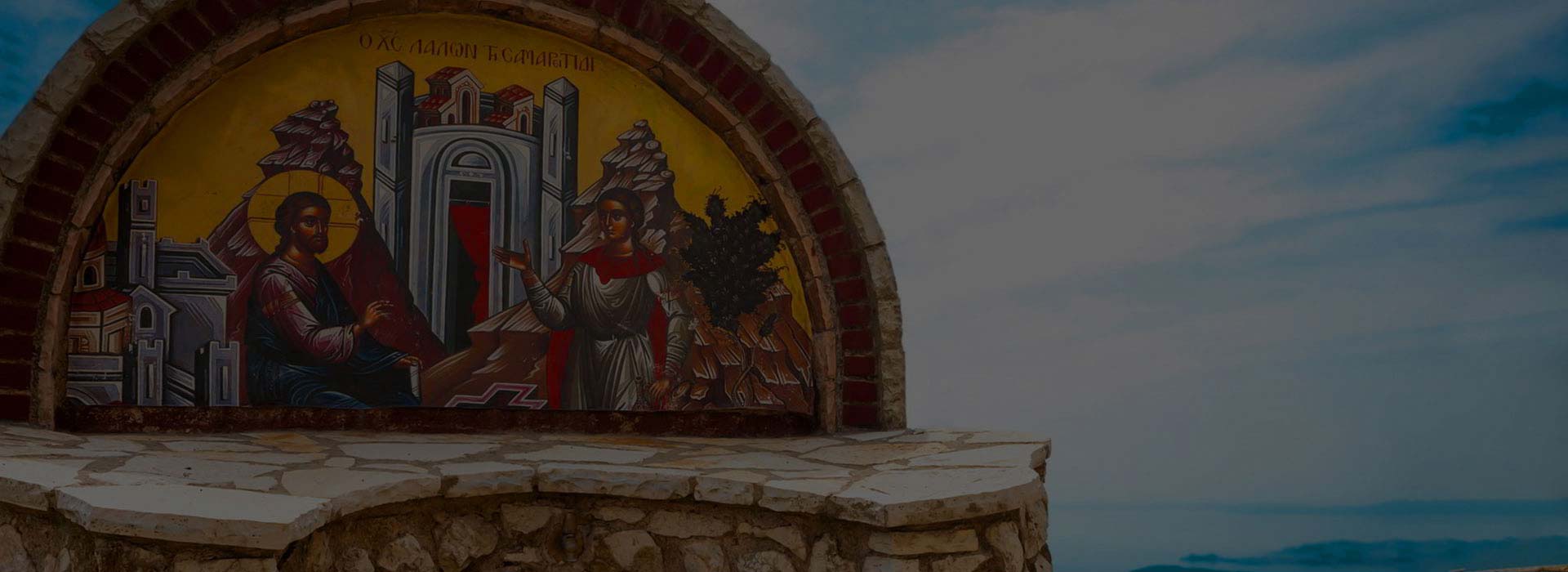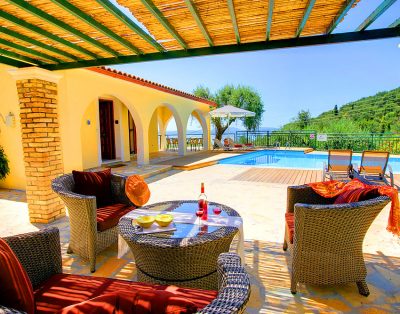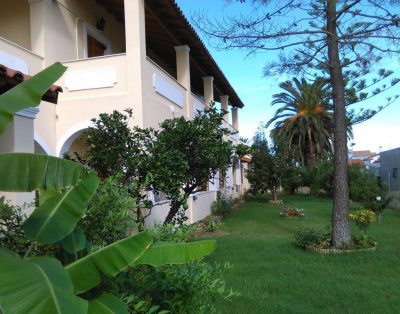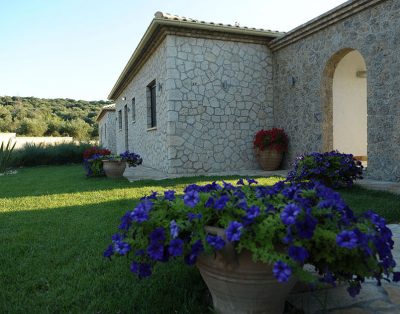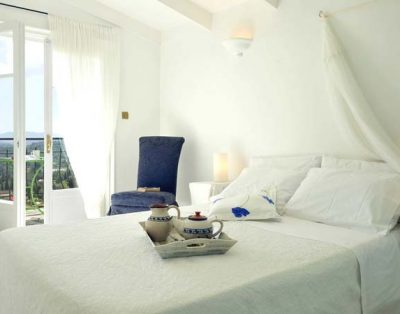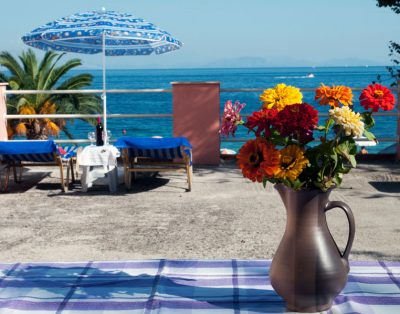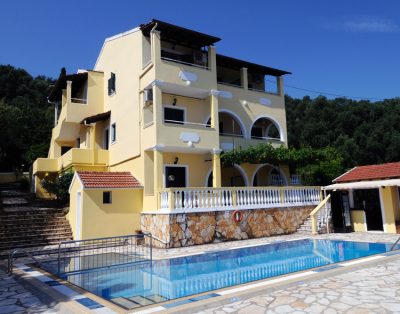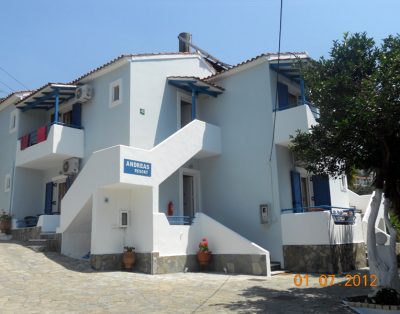Corfu Culture
Saint Spyridon the Thaumaturgist (Θαυματουργός) is the patron saint (πολιούχος) of the city and the island. St. Spyridon is revered for the miracle of expelling the plague (πανώλη) from the island, among many other miracles attributed to him. It is believed by the faithful that on its way from the island the plague scratched one of the fortification stones of the old citadel to indicate its fury at being expelled. To St. Spyridon is also attributed the role of saving the island at the second great siege of Corfu of 1716.The legend says that the sight of St. Spyridon approaching Ottoman forces bearing a flaming torch in one hand and a cross in the other caused panic.The legend also states that the Saint caused a tempest which was partly responsible for repulsing the Ottomans.This victory over the Ottomans, therefore, was attributed not only to the leadership of Count Schulenburg who commanded the stubborn defence of the island against Ottoman forces, but also to the miraculous intervention of St. Spyridon. Venice honoured von der Schulenburg and the Corfiots for successfully defending the island. Recognizing St. Spyridon's role in the defence of the island Venice legislated the establishment of the litany (λιτανεία) of St Spyridon on 11 August as a commemoration of the miraculous event, inaugurating a tradition that continues to this day. In 1716 Antonio Vivaldi, on commission by the republic of Venice, composed the oratorio Juditha triumphans to commemorate this great event. Juditha triumphans was first performed in November 1716 in Venice by the orchestra and choir of the Ospedale della Pietà and is described as Vivaldi's first great oratorio. Hence Spyridon is a very populair first name for Greek males born on the island and/or to islanders.
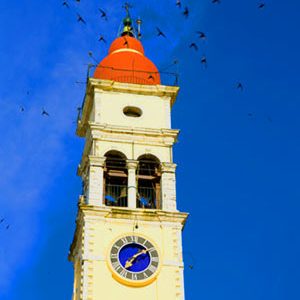
Corfu city is famous for its Italianate architecture, most notably the Liston, an arched colonnade lined with cafes on the edge of the Spianada (Esplanade), the vast main plaza and park which incorporates a cricket field and several pavilions. Also notable are the Venetian-Roman style City Hall, the Old and New castles, the recently restored Palace of Sts. Michael and George, formerly the residence of the British governor and the seat of the Ionian Senate, and the summer Palace of Mon Repos, formerly the property of the Greek royal family and birthplace of the Prince Philip, Duke of Edinburgh. The Park of Mon Repos is adjacent to the Palaiopolis of Kerkyra.
Examples of the finds can be found in the Museum of the Palace of Mon Repos.
The island's culture absorbed Venetian influence in a variety of ways like other Ionian islands its local cuisine took in such elements and today's Corfiot cooking includes Venetian delicacies and recipes: ``Pastitsada``, deriving from the Venetian ``Pastissada`` (Italian: ``Spezzatino``) and the most popular dish in the island of Corfu, ``Sofrito``, ``Strapatsada``, ``Savoro``, ``Bianco`` and ``Mandolato``.
Examples of the finds can be found in the Museum of the Palace of Mon Repos.
The island's culture absorbed Venetian influence in a variety of ways like other Ionian islands its local cuisine took in such elements and today's Corfiot cooking includes Venetian delicacies and recipes: ``Pastitsada``, deriving from the Venetian ``Pastissada`` (Italian: ``Spezzatino``) and the most popular dish in the island of Corfu, ``Sofrito``, ``Strapatsada``, ``Savoro``, ``Bianco`` and ``Mandolato``.
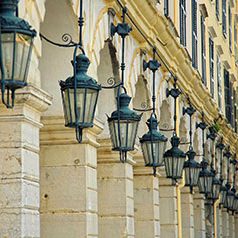
Corfu's urban architecture differs from that of other major Greek cities, because of Corfu's unique history. From 1386 to 1797, Corfu was ruled by Venetian nobility; much of the city reflects this era when the island belonged to the Republic of Venice, with multi-storied buildings on narrow lanes. The Old Town of Corfu has clear Venetian influence and is amongst the World Heritage Sites in Greece. It was in the Venetian period that the city saw the erection of the first opera house (Nobile Teatro di San Giacomo di Corfù) in Greece, but it was badly damaged during World War II by German artillery.

